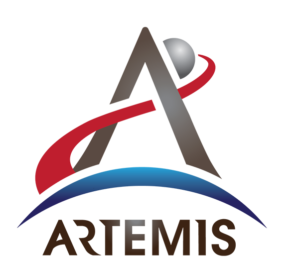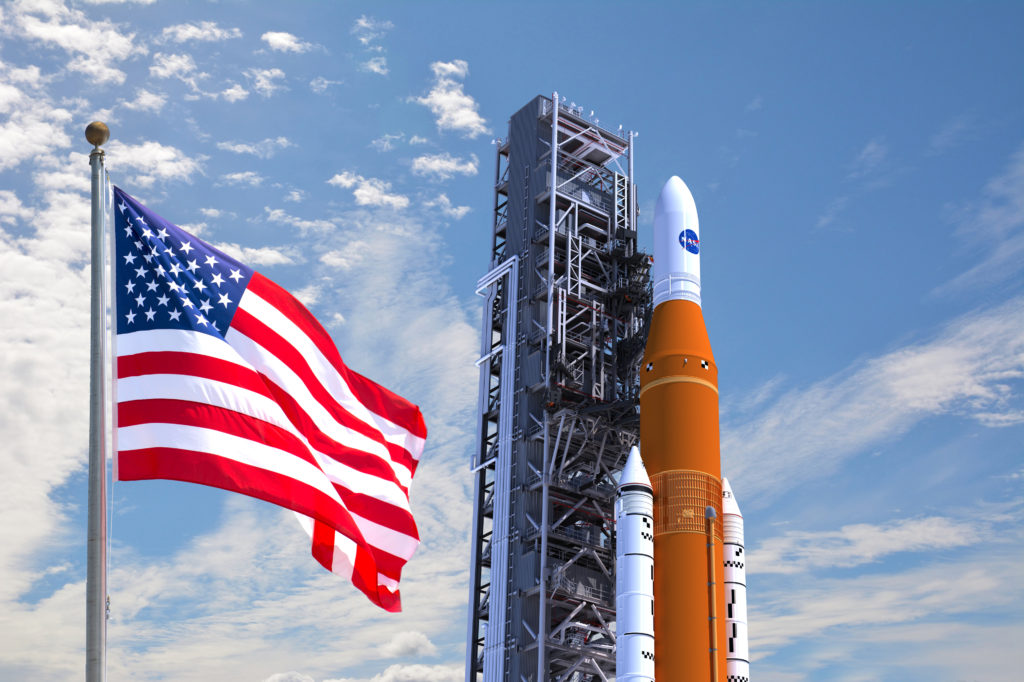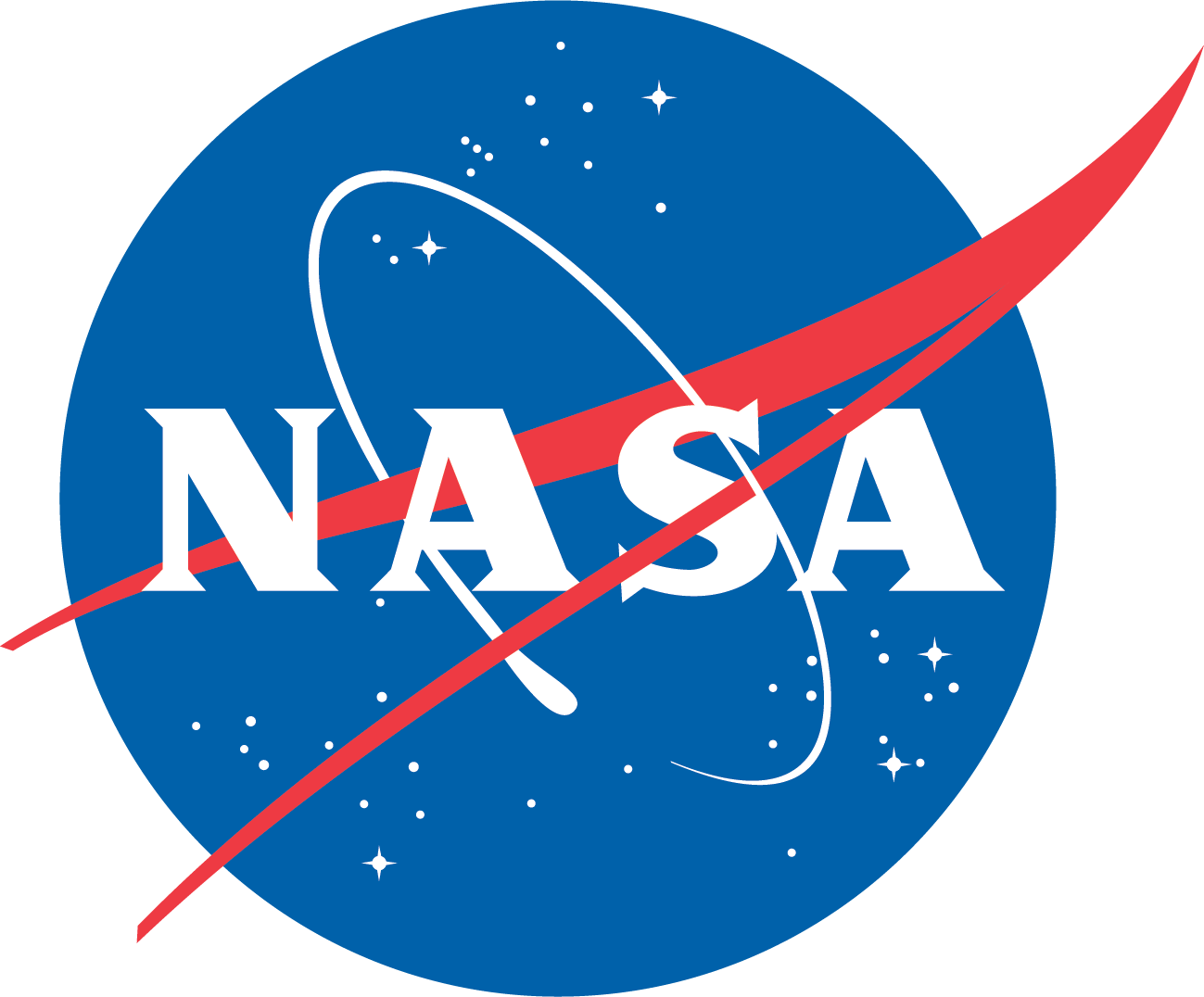Space Launch System (SLS)
Activity Summary
Status: Active
NASA is developing the most powerful rocket in the agency’s history to return astronauts to the Moon and establish a sustainable lunar presence. The Space Launch System (SLS) will be the first exploration-class rocket since the Saturn V, the rocket used in the Apollo missions, and last flown in 1973. Capable of launching more payload mass and volume than any space rocket ever developed, the SLS will send American astronauts, robots, supplies, and scientific equipment to the Moon’s orbit and future deep-space destinations like Mars, Jupiter, and Saturn.
NASA Langley’s own Vehicle Analysis Branch (VAB) has supported development of the SLS for more than seven years. Teams of researchers have contributed to the vehicle’s trajectory design and analysis of the rocket’s separation stages.
VAB Verifies Artemis’ Trajectory
In conjunction with NASA’s Engineering and Safety Center (NESC), VAB works to ensure the safety of both NASA’s astronauts and space vehicles. Branch personnel provide independent analysis to the NASA engineers designing the trajectory of the unmanned Artemis 1 and crewed Artemis 2 missions.
Even small errors in the trajectory could cause mission failure and endanger crew member and vehicles. Using a different set of trajectory tools, VAB runs the same data as the missions’ trajectory designers to verify their work. If the two teams’ answers are extremely close, the trajectory designers can trust they have done their work correctly.
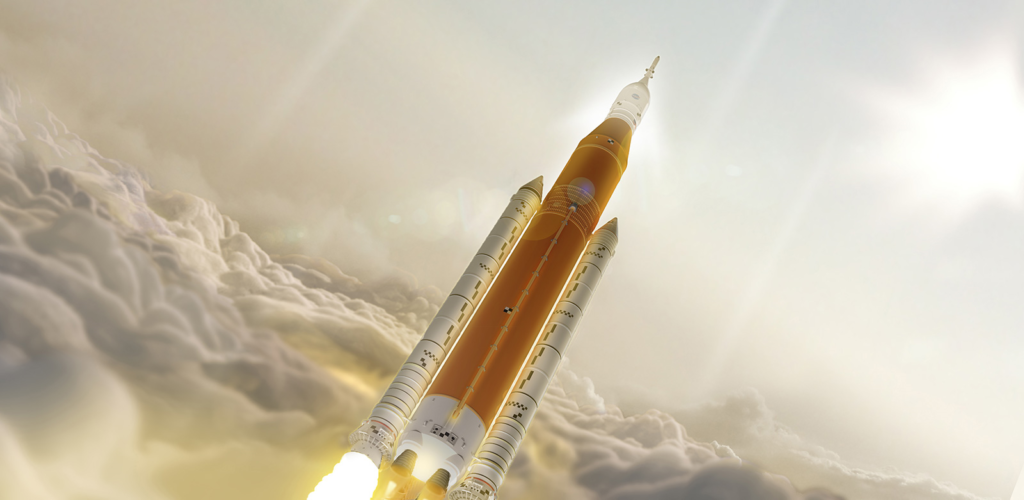
VAB Ensures Mission Success Through Stage Separation Analysis
In addition to trajectory analysis, VAB personnel support analysis of the SLS’s separation events. Breaking past the earth’s gravity requires an incredible amount of power. To achieve the necessary thrust, the SLS relies on rocket boosters and engines. After serving their purpose, these components are separated from the crew module to eliminate excess weight and drag.
The SLS is designed to go through a series of separations during launch. After liftoff from the launch pad, the SLS flies with its core stage and solid rocket boosters (SRBs) firing. When the SRBs burn out, they are jettisoned during the first separation event, while the core stage continues to fire. At an appropriate time of flight for the mission, the payload fairing and the launch abort system are jettisoned. When the core stage burns out, then it is jettisoned as well and the upper stage can begin to fire.
VAB teams analyze the rocket’s mechanics to ensure each separation is a clean break. If these calculations are not correct, separated components could collide with the remainder of the spacecraft. A collision midflight or an unsuccessful separation could alter trajectory, cause system failures, and endanger both the vehicle and astronauts’ lives.
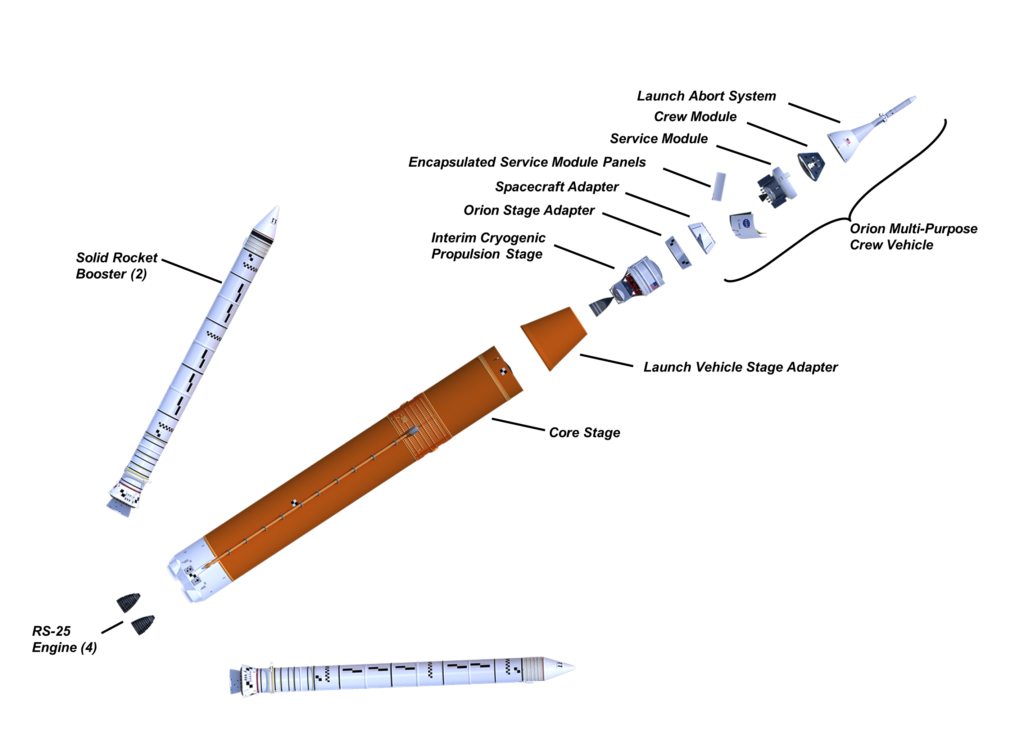
Supporting the Future of Discovery
Supported by every NASA center, academic partners, and over 1,000 American companies, NASA’s Artemis program is truly a nationwide effort. VAB and SACD proudly lend their multidisciplinary expertise in systems analysis to Artemis and to America’s next generation of space exploration.
